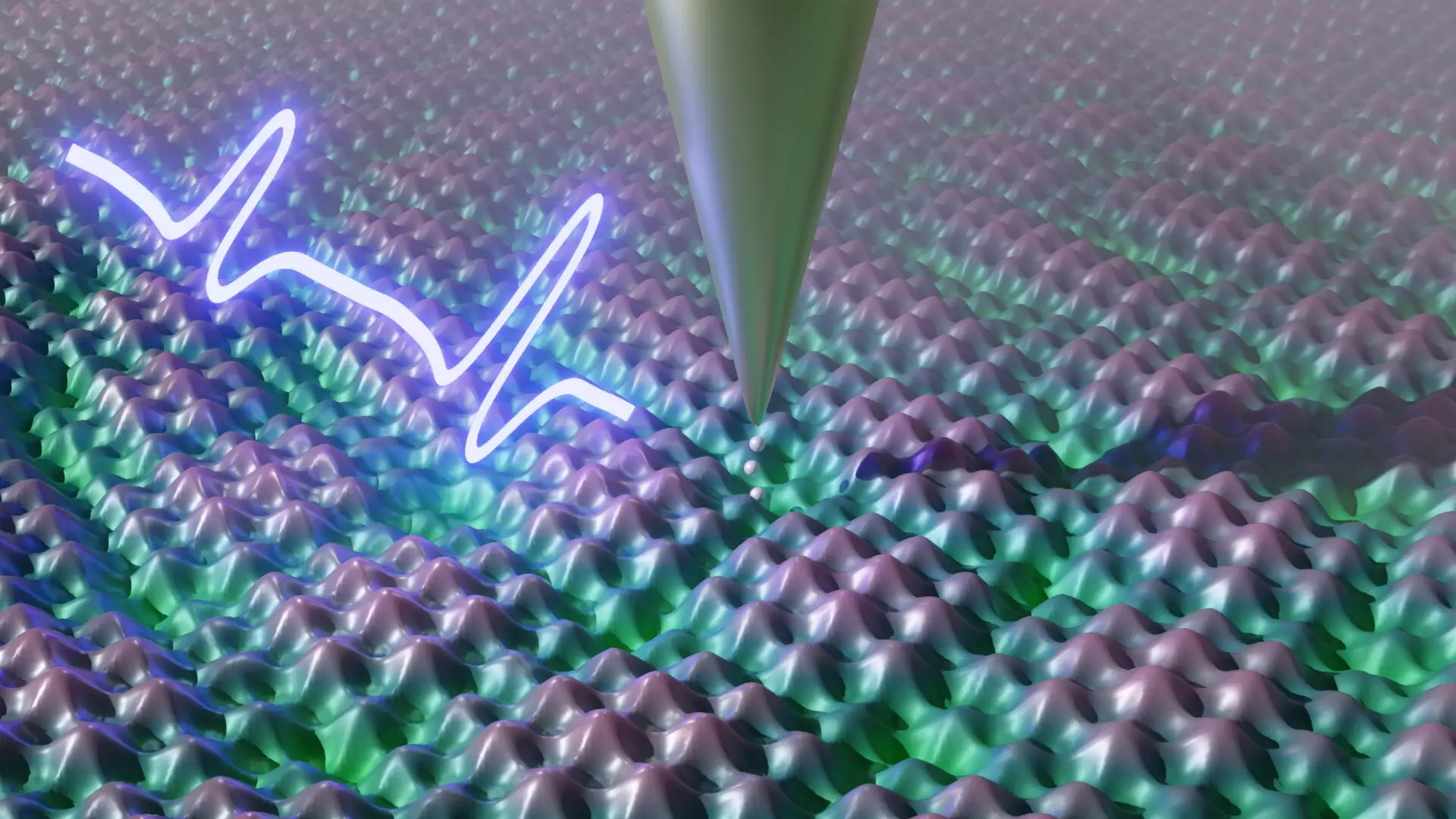The physicists at the University of Stuttgart, led by Prof. Sebastian Loth, have made significant progress in developing quantum microscopy technology. This breakthrough allows for the observation of electron movements at the atomic level with unprecedented spatial and temporal resolution. The potential applications of this technology are vast, particularly in material development, as highlighted in their recent publication in Nature Physics.
The innovative method developed by Prof. Loth and his team opens up new avenues for studying the behavior of electrons in advanced materials. By focusing on the atomic scale, researchers can better understand how minimal changes can lead to macroscopic behavioral shifts in materials. This knowledge is crucial for the development of novel materials with specific properties, such as transitioning from insulators to superconductors. The ability to capture such rapid changes in electron movement, within picoseconds, provides valuable insights into the fundamental properties of matter.
The methodology employed by the researchers involves combining a scanning tunneling microscope with ultrafast spectroscopy to achieve both high spatial and temporal resolutions. This approach allows for the visualization of atomic structures and electron movements simultaneously. The precision required for these measurements necessitates a meticulously shielded laboratory environment to minimize external disturbances. By optimizing their microscope to repeat experiments at a rate of 41 million times per second, the researchers have achieved exceptional signal quality.
The practical implications of this research extend to various fields, such as sensor technology and electronic components. The ability to design materials at the atomic level based on the understanding of electron behavior opens up possibilities for ultra-fast switching materials. By strategically placing impurities in materials, scientists can tailor their properties to meet specific technological requirements. This level of control over material properties has the potential to revolutionize the development of advanced materials for future applications.
The development of quantum microscopy by Prof. Sebastian Loth and his team at the University of Stuttgart represents a significant advancement in the study of electron behavior at the atomic level. The ability to observe and analyze rapid changes in electron movements in materials provides valuable insights into their fundamental properties. This knowledge paves the way for the targeted development of materials with tailored properties for various technological applications. The interdisciplinary nature of this research underscores the importance of collaboration between physicists, material scientists, and engineers in pushing the boundaries of scientific discovery.


Leave a Reply
You must be logged in to post a comment.